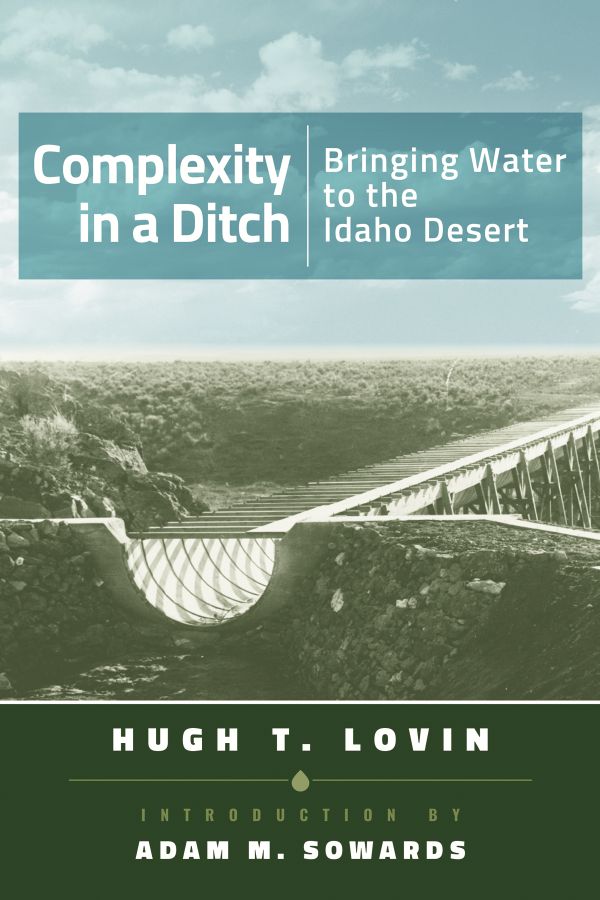Description
Water—or the lack of it—has profoundly shaped the settlement patterns, economic development, and political dynamics of the arid American West. On Idaho’s Snake River Plain, the irrigation process has been particularly complex, influenced by local and national politics as well as geography and technology. Throughout two decades, author Hugh T. Lovin researched and published insightful articles on the topic in a wide array of scholarly journals. The selected essays offer a thorough examination of the transformation and controversy related to the region’s irrigation.
Encouraged by the Carey Act of 1894, settlers—some 300,000 by 1920—relocated to the Idaho desert on a dream and a promise. Bureau agents and speculators followed. Lovin explores their efforts to farm, promote, and irrigate, covering successes and failures of key players like the Kuhn brothers, Glenns Ferry Company, and Charles Hammett. He also discusses how federal policies affected the region, the tragedy of a New West reclamation project near Twin Falls, the King Hill project, the long fight to divert Yellowstone water, and more. Idaho historian Adam Sowards’ valuable introduction sets Lovin’s work in context and concludes, “No one knows irrigation better than Hugh Lovin, and the essays included here are gems of historical research.”
Hugh T. Lovin (1928–2014) was a fourth-generation Idahoan and longtime Boise State University history professor (1966–1993).
Illustrations / maps / notes / index / 256 pages (2017)
$26.95 paperback











